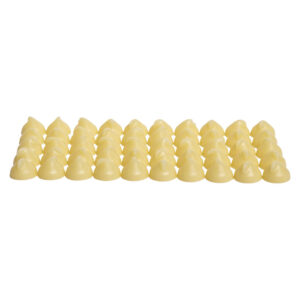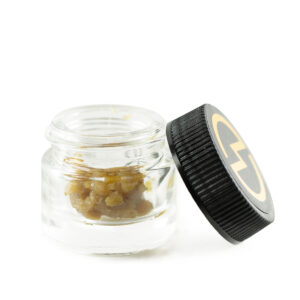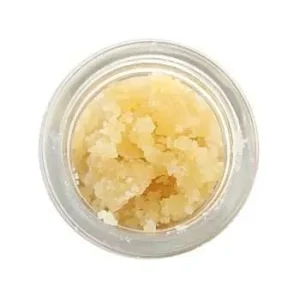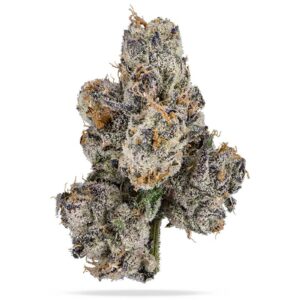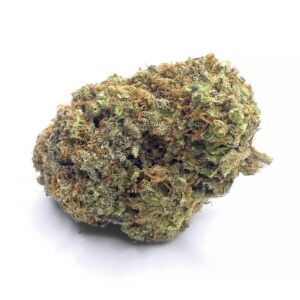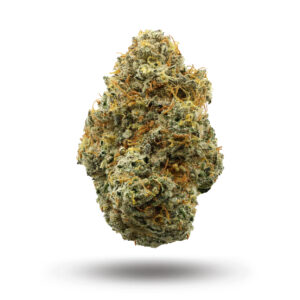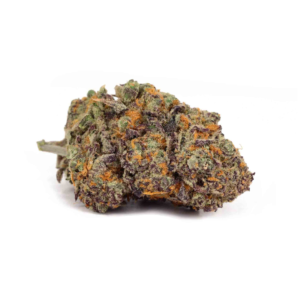FLOWERS
The Intriguing World of Flowers and Weeds: A Comprehensive Guide
Nature offers us a captivating array of plant life, each playing its unique role in the ecosystem. Among these, flowers and weeds occupy distinct yet interrelated positions. While flowers are celebrated for their beauty and symbolic meanings, weeds often bear the brunt of negative connotations. However, both have ecological and cultural significance worth exploring. This article dives deep into the fascinating world of flowers and weeds, discussing their differences, ecological importance, and how they intersect in surprising ways.
Flowers: Nature’s Masterpieces
The Beauty and Diversity of Flowers
Flowers are among the most cherished elements of nature. With their vibrant colors, intricate shapes, and alluring scents, they captivate humans and wildlife alike. From the delicate cherry blossoms of Japan to the regal sunflowers of North America, flowers showcase an incredible diversity. They come in various forms, including annuals, perennials, and biennials, each with unique growth patterns and lifespans.
Flowers play an essential role in reproduction for flowering plants, or angiosperms. By attracting pollinators like bees, butterflies, birds, and even bats, flowers facilitate the transfer of pollen and ensure the continuation of their species.
Cultural Significance of Flowers
Flowers hold a special place in human culture, symbolizing emotions, events, and beliefs. Roses represent love, lilies signify purity, and marigolds are associated with remembrance in many traditions. Beyond their symbolism, flowers are central to celebrations, including weddings, funerals, and festivals.
In literature and art, flowers often serve as metaphors for beauty, transience, and renewal. The Victorian language of flowers, or “floriography,” allowed people to communicate complex emotions through floral arrangements.
Medicinal and Economic Value
Flowers are not just ornamental; they also have practical uses. Many flowers, like chamomile, lavender, and calendula, are valued for their medicinal properties. Essential oils derived from flowers are widely used in aromatherapy and cosmetics. The floral industry, encompassing cut flowers, perfumes, and gardening supplies, contributes significantly to global economies.
Weeds: Misunderstood Survivors
What Are Weeds?
Weeds are commonly defined as plants growing where they are not wanted. They often invade cultivated areas, competing with desired plants for nutrients, water, and sunlight. Examples of common weeds include dandelions, crabgrass, and thistles.
However, the term “weed” is subjective. A plant deemed a weed in one context might be a valuable resource in another. For instance, clover, considered a weed in lawns, is prized for its nitrogen-fixing abilities in agricultural settings.
Ecological Importance of Weeds
Despite their bad reputation, weeds play critical roles in ecosystems. They often pioneer disturbed landscapes, stabilizing soil and preventing erosion. Many weeds provide food and habitat for pollinators and other wildlife. Dandelions, for example, are an early source of nectar for bees in spring.
Weeds also contribute to biodiversity. They can create microhabitats, support food chains, and even act as indicators of soil health. Certain weeds, like nettles, thrive in nutrient-rich soil, signaling areas suitable for cultivation.
The Downside of Weeds
While weeds have ecological benefits, their invasive tendencies can pose challenges. Aggressive weeds like kudzu and Japanese knotweed can outcompete native plants, disrupt ecosystems, and require costly management efforts. In agricultural settings, weeds reduce crop yields and increase the need for labor and herbicides.
The Overlap: When Flowers Become Weeds
Flowers That Behave Like Weeds
Some flowers, though admired for their beauty, can turn invasive under certain conditions. For example, the beautiful morning glory can smother other plants with its rapid growth. Similarly, purple loosestrife, with its striking spikes of flowers, has become a problematic invasive species in wetlands.
These cases highlight how the distinction between flowers and weeds is not always clear-cut. The categorization often depends on context, such as location and purpose.
Weeds That Deserve a Second Look
Conversely, some weeds have ornamental or medicinal value, blurring the line between nuisance and asset. Dandelions, often vilified in lawns, produce bright yellow flowers and are used in teas, salads, and even wine. Queen Anne’s lace, a common roadside weed, resembles delicate lace and is sometimes included in floral arrangements.
Managing Flowers and Weeds in Gardens
Encouraging Healthy Flower Growth
Cultivating a thriving garden of flowers requires thoughtful planning and care. Here are some tips:
Choose Native Species: Native flowers are adapted to local conditions and require less maintenance.
Provide Proper Soil and Light: Different flowers have specific soil and light requirements. Understanding these can ensure healthy growth.
Water Wisely: Overwatering can lead to root rot, while underwatering can stress plants. Find a balance based on the flower’s needs.
Prune Regularly: Pruning encourages healthy growth and prevents overcrowding.
Controlling Weeds Effectively
Weed management is essential for maintaining a balanced garden. Here are strategies to keep weeds in check:
Mulching: A layer of mulch suppresses weed growth by blocking sunlight and retaining soil moisture.
Hand Weeding: Regularly removing weeds by hand is labor-intensive but effective.
Use of Herbicides: Organic or chemical herbicides can help manage weeds, though they should be used sparingly to minimize environmental impact.
Encourage Ground Covers: Planting ground covers like creeping thyme can outcompete weeds and provide a decorative touch.
Appreciating the Balance
Flowers and weeds are often seen as opposites—one celebrated, the other despised. However, both are integral to nature’s intricate web. Flowers enchant us with their beauty and symbolism, while weeds remind us of nature’s resilience and adaptability. By understanding and respecting their roles, we can foster a more balanced and informed relationship with the plant world.
Whether you’re admiring the vibrant petals of a rose or pulling a stubborn dandelion from your garden, take a moment to appreciate the complexity and wonder of these remarkable plants. In their own ways, both flowers and weeds contribute to the tapestry of life on Earth.
Showing 1–9 of 20 results

